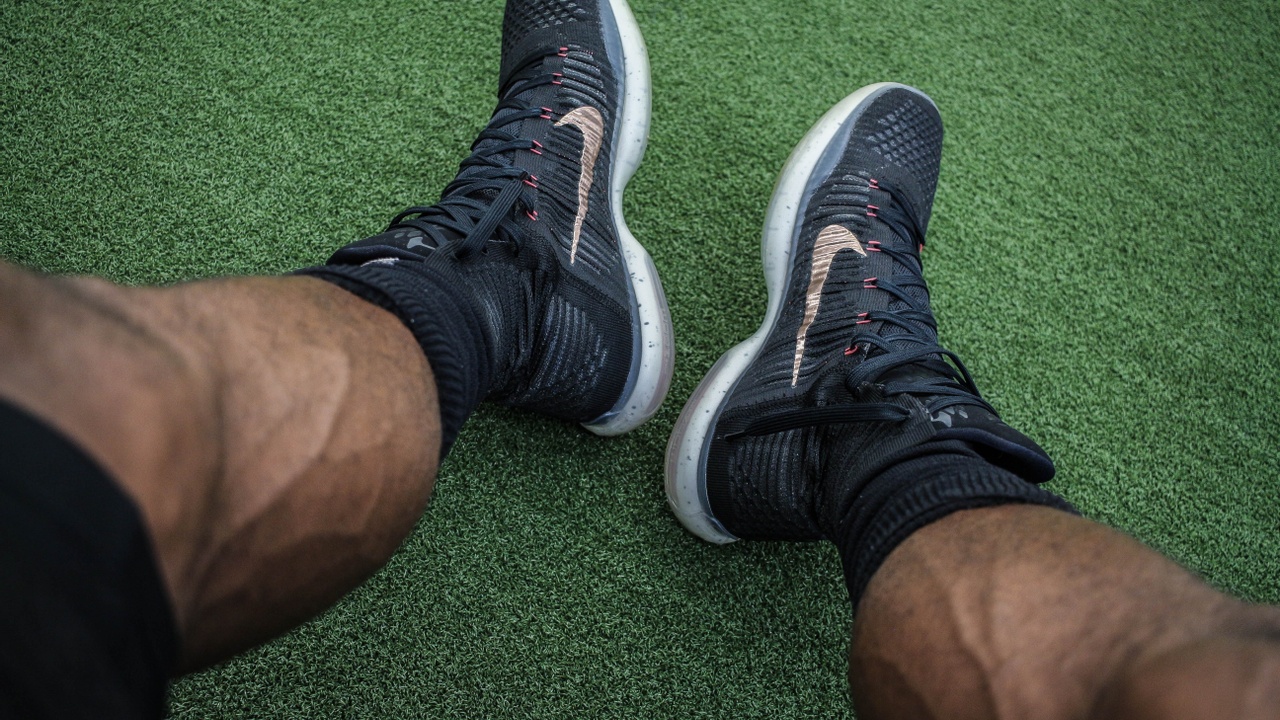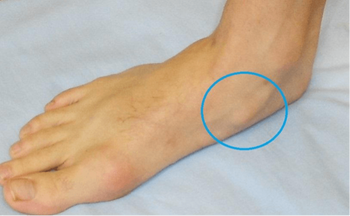
Athlete's Feet
I want to talk about athlete’s feet, but not the type you think.
I have seen a common trend in high level athletes and their feet. It’s been a puzzle that I have been trying to work out for maybe a decade.
The feet are often are the least athletic part of even a highly trained athlete’s body. Their skill and athleticism in spite of their bad feet is astounding.
I am always impressed by athleticism and that sense that a body can do just about anything. I envy it.
When I see athletes of all ages, for back pain, hip pain, or knee pain, I also check their feet. Shoes off. Their determination to get better, to do the homework, to get back on the field, court, road, beam, etc. is admirable. But I am
puzzled by their fetes ( ha! ) of athleticism with those feet.
Let me explain.
In-spite of impressive vertical or speed skills bad feet are common. Truly, they are sometimes the most awful feet. Not the smell, but the structure. It’s important to know how feet influence posture and performance of the joints above, but people's awareness of this is low. Maybe it's because much of the time, our feet are covered with a shoe. Yet, many athletes arrive in “slides” and the story starts forming. While they are for sure comfortable, they are the first illumination about the feet, and, I submit, the pain. Often the “slide” has “slid” sideways off the feet. The gait is a shuffle. The softness and
comfort exposes something that seems allusive on the turf or court, in their uniform shoes.

Photo Cred: Jade Scarlato on Unsplash
So, is it possible that back pain, hip pain, or knee pain is a symptom of something in the feet?
You bet it is. In most grounded sports, at explosive or pivotal moments, the feet are the connection to the ground. The whole power of the core needs something to ‘launch’ from, repetitively, and it is the feet. Let me get a bit nerdy here. There is a principle in neuromuscular control called the “punctum fixum-punctum mobile” model. The theory looks at movement, as complex as it is, as occurring best from an ideal “fixed point”, allowing the moving part to optimally generate power to perform.
Even though it sounds confusing you do it every day.
A perfect example would be getting out of bed. As you raise your torso from supine or sides, your torso is mobile and trying to go upright, so it “anchors” on the fixed, lower body. If that fixed portion is not really well fixed, or that mobile portion is weak, then the alternatives are to use arms to push ( thus the hand / arm becomes the fixed point ) or to use momentum to thrust one’s self up, compensating for the need for prolonged fixed “stability”.
Back to the feet.
At the point of ground contact to push off or to change directions, to stop, or to explode with vertical heights, the feet, including the toes, become points of fixation from which the leg and core musculature generates their power. But, in training and in awareness, the feet are often the most neglected “tool” of athletes. The first indicator is the shuffle and sideways posture sliding off of the slide. When assessed closer there is over pronation ( flat arch ) just standing or sitting at rest. There is difficulty lifting the little bone in the foot called the navicular to it’s ideal height (arch doming ) , there is a turnout of the foot sometimes originating in the knee where the lower leg is rotated outward on the upper leg. If you look at the wear pattern of the slide you often see a dent where that navicular presses.

Photo Credit: https://www.adelaideankle.com.au/accessory-navicular
Here are a few more pictures to highlight what I mean. And, to be sure , sometimes the feet are the opposite, too high an arch and too turned inward on the lower leg, as commonly seen in soccer athletes.

Photo Credit: Evergreen Physical Therapy Specialists, Inc.
Yellow highlighter circles the navicular bone – the left picture is over pronation on the right foot. The picture on the right is more neutral. We don’t want the navicular bone in the yellow circle too close to the ground, nor do we want the foot too outward from the shin bone.
So, athletes get your feet checked.
Spend some time in the mirror. Do ‘air squats’. Do your feet sort of “slide” sideways. Can you keep your feet aligned in the slides that are so comfortable? Do your toes curl a lot? Do they overlap? Does your big toe angle sideways ? Can you keep your heel down and your feet aligned with your knee in a squat? Do your feet slide sideways in a slide. Even sitting , what is the photo story of your feet. Anthony Davis has reportedly have 39 injuries between 2013 and 2019. 23 of the 39 were in the lower half of his body, including the back. I’d hazard a guess that his feet, covered up by shoes, are not that great. He went on to sprain left ankle, left groin, left Achilles etc. The science isn’t that simple, but there is a case to be made. Could the foot be a contributor to the numerous lower quarter injuries or the result of the lower quarter injuries or both?
Google a picture of Lebron James' left foot and you can immediately see the possible cause of many of the injuries he suffered throughout his career. I am blurry eyed counting the injuries on the list. I may be off by a few. 75 injuries listed since 2017. 59 of them lower half of body. To be sure many are likely the same injuries reported multiple times. And to be sure his feet take a pounding. But, refer to the pictures of his feet and then my statement about the feet being the least athletic part of the athlete’s body might mean something.
So, take off your shoes. Just look at them.
My guess is that it’s not that hard to see if they need some attention. My main points are this in summary:
- I am amazed at athleticism, in spite of awful feet. Kudos.
- Maybe your long list of injuries including back pain, groin pain or hip / knee issues have something with a poor ‘fixum’ of feet.
- Imagine this, if you are this athletic now, how much better could you be, if your feet were better feet? What fetes could you perform with those feet ☺
Would love to hear your point of view.
I am sure many disagree or have a different take.
It’s a conversation to be had.
Let’s talk. Email me below .
Cheers to lifetime of smart and fun health,
Dave [email protected]

Dave is the owner and founder of Evergreen Physical Therapy Specialists. He and his wife Tammy, an RN at CHLA, opened Evergreen over 15 years ago to provide the community of Pasadena with specialized and compassionate care. David has over 25 years of experience in orthopedics, neuro-rehabilitation, and pediatric physical therapy.
Stay connected with news and updates!
Join our mailing list to receive the latest news and updates from our team.
Don't worry, your information will not be shared.
We hate SPAM. We will never sell your information, for any reason.

